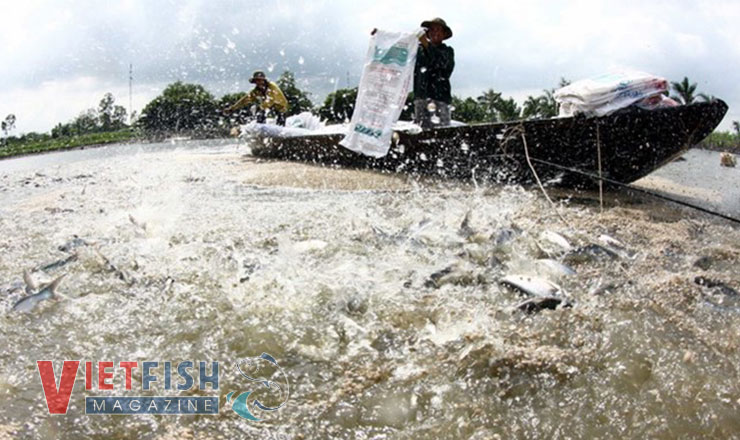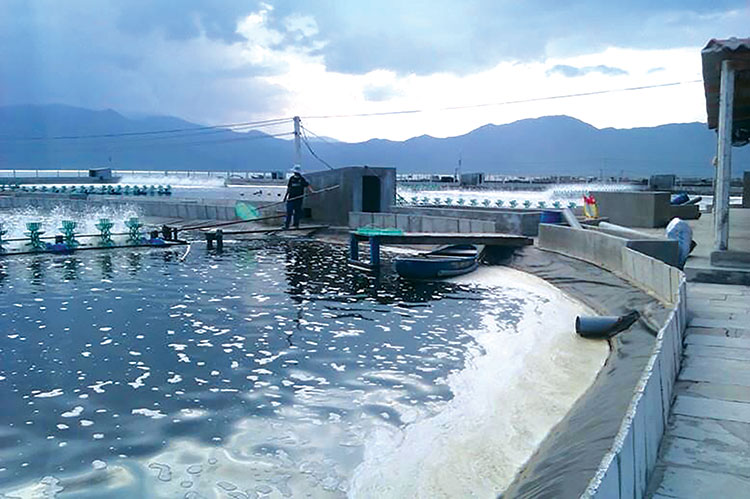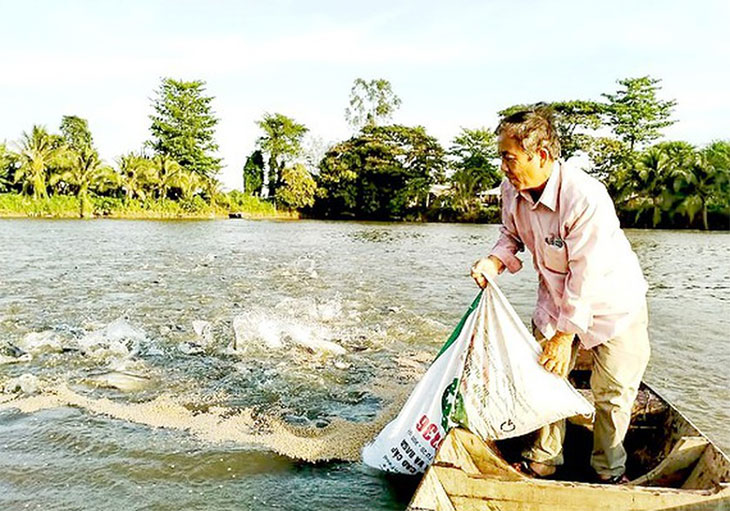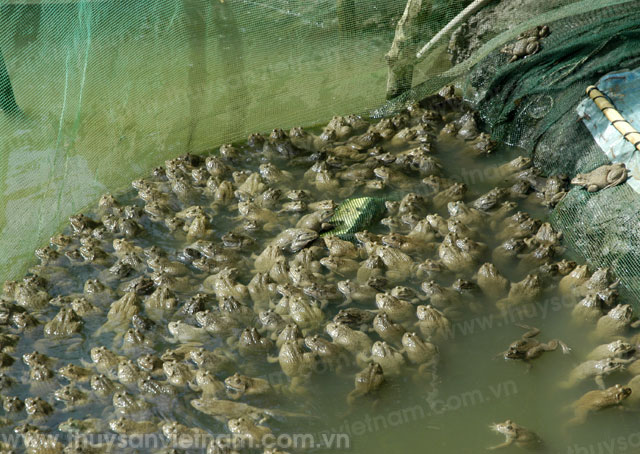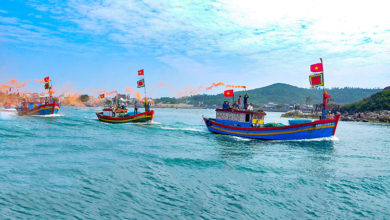Quang Ninh: Boost sustainable marine aquaculture in Van Don district
Van Don district possesses advantages for aquaculture, facilitating safe and sustainable development.
Planning for aquaculture areas
Van Don is bestowed with many bays and sheltered coves by nature, suitable for aquaculture. However, for a long time, local residents did not know how to produce high-value seafood products; mainly focusing on mollusk culture and fish cage farming for domestic market consumption. Prices have been fetched by traders, products have not been positioned, with inconsistent quality or only raw products are made (without deep processing).
Recognizing this issue, Van Don has planned aquaculture areas, focusing on mollusk culture and fish cage farming. Enterprises have been called for investment in seafood processing, cooperatives have been founded, and branding programs have been built to advertise some of Van Don’s special aquaculture products.
According to statistics, the potential for fish farming in the district is 1,156 hectares, but currently, only about 100 hectares are utilized; the potential for mollusk culture is 6,288 hectares, but only 3,300 hectares are being used. To attract investment, develop marine aquaculture, and create added value, the district has developed an Aquaculture Project. Accordingly, the planned area for marine aquaculture in the district integrated into the provincial plan is over 23,821 hectares. Based on factors such as water sources, depth, water flow, and fertility, the marine aquaculture area of the district will be divided into 71 farming zones, with mollusk culture not exceeding 25% of the water surface and fish farming about 6% per farming zone.
Enhancing product value
Currently, Van Don has 62 aquaculture facilities registered for traceability. These facilities have applied new techniques, resulting in consistent products, high survival rates of breeding stocks (over 70%), shortened farming periods to 2-3 months per crop, stable and higher selling prices by 20-25%. There are many exemplary collaborative models, such as: Van Don Pearl Cooperative, Phat Co Cooperative, Bao Anh Cooperative, Thang Loi Cooperative. Particularly, through collaboration, many unique products have been created, utilizing seafood waste while generating revenue. For instance, the collaboration between Van Don Oyster Milk Cooperative and Quang Ninh Oyster Milk Development Cooperative in purchasing and processing oyster shells into powder, which is then used as fertilizer for crops and livestock. Phat Co Cooperative has successfully developed a model of cultivating seaweed alongside oyster farming in Van Don, yielding 3 crops of seaweed annually with a production of 70-100 tons per hectare per year.
Previously, seafood from Van Don was mainly sold fresh in the market, lacking compliance with food safety standards. Now the district encourages units and enterprises to invest in deep processing. Most of these facilities have invested in modern machinery and processing procedures. As a result, the district’s aquaculture output has increased over the years, reaching 18,507 tons in the first quarter of 2024.
VFM


